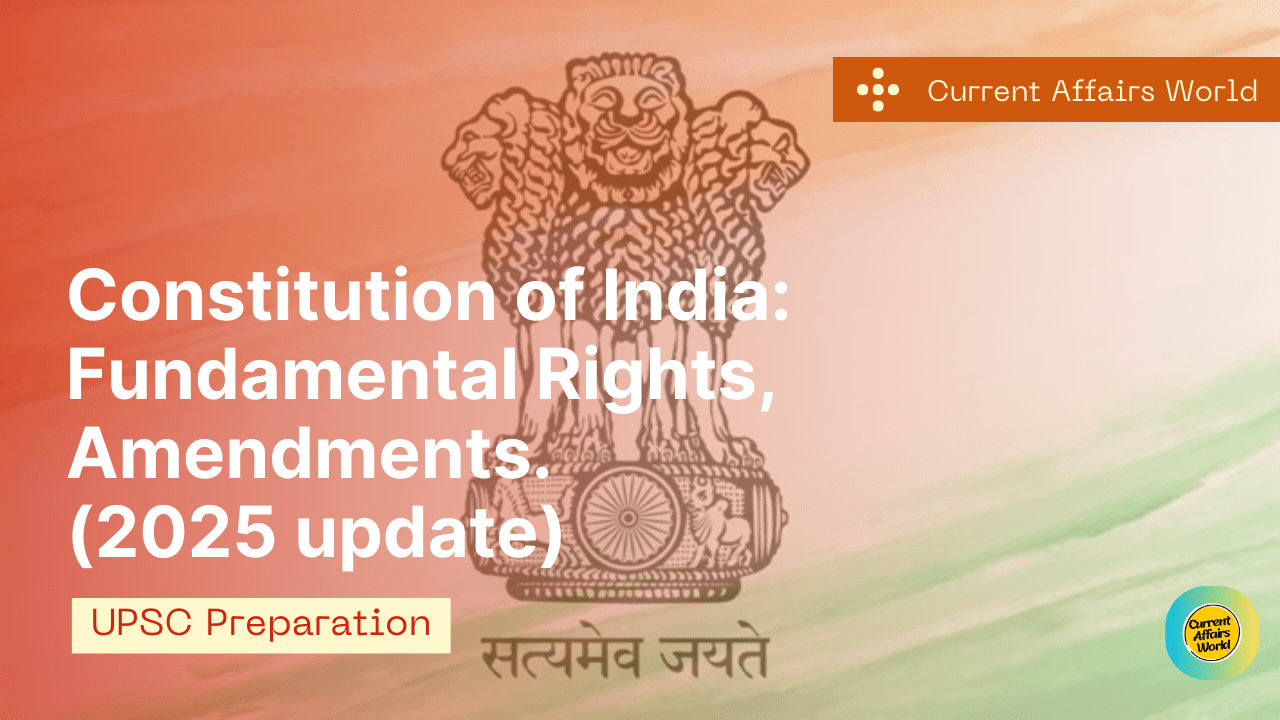Government schemes 2024
The government of India continually implements schemes to foster development and welfare in various sectors of society. In 2024, several valuable government schemes have been introduced or enhanced to address critical issues such as education, health, agriculture, infrastructure, and social security. These schemes aim to uplift the socio-economic conditions of the citizens, especially those from underprivileged and marginalized communities. Below are five notable government schemes of 2024, detailing their objectives, components, and impact on society.
1. Pradhan Mantri Shiksha Suraksha Yojana (PMSSY):
The Pradhan Mantri Shiksha Suraksha Yojana is an ambitious educational initiative launched to ensure comprehensive and quality education for all children in India. The scheme focuses on bridging the educational gap between urban and rural areas, promoting digital literacy, and improving the overall infrastructure of educational institutions.
Objectives:
The primary objective of PMSSY is to provide free and compulsory education to children aged 6 to 14 years. The scheme also aims to reduce dropout rates, enhance teacher training programs, and incorporate modern technology into the learning process.
Components:
– Infrastructure Development: Under PMSSY, funds are allocated for building new schools, upgrading existing ones, and providing necessary facilities like libraries, laboratories, and sports equipment.
– Digital Education: The scheme promotes digital learning through the provision of tablets, smart classrooms, and online educational resources to students and teachers.
– Teacher Training: PMSSY includes comprehensive training programs for teachers to improve their teaching skills and familiarize them with the latest educational technologies.
– Scholarships: The scheme offers scholarships and financial assistance to meritorious and economically disadvantaged students to encourage higher education.
Impact:
PMSSY has significantly improved access to quality education across India. The emphasis on digital learning has enabled students in remote areas to benefit from modern educational tools, thereby reducing the urban-rural education divide. Enhanced infrastructure and teacher training programs have contributed to a better learning environment, leading to improved academic performance and reduced dropout rates.
2. Ayushman Bharat 2.0:
Ayushman Bharat 2.0 is an enhanced version of the original Ayushman Bharat scheme, aiming to provide comprehensive healthcare coverage to all citizens, especially the economically vulnerable sections of society. The scheme focuses on preventive, promotive, and curative health services to ensure universal health coverage.
Objectives:
The main objective of Ayushman Bharat 2.0 is to provide free access to essential healthcare services, reduce out-of-pocket expenditure on healthcare, and promote wellness and preventive care among the population.
Components:
– Health and Wellness Centers: The scheme aims to establish Health and Wellness Centers (HWCs) across the country to provide comprehensive primary healthcare services, including maternal and child health services, non-communicable disease management, and health promotion activities.
– Pradhan Mantri Jan Arogya Yojana (PMJAY): PMJAY is a key component of Ayushman Bharat 2.0, offering health insurance coverage of up to INR 5 lakh per family per year for secondary and tertiary care hospitalization.
– Digital Health Mission: The scheme includes the implementation of the National Digital Health Mission (NDHM) to create a digital health ecosystem, facilitating better management of health records and improving access to healthcare services.
– Preventive Health Programs: Ayushman Bharat 2.0 emphasizes preventive health measures, including immunization drives, health education campaigns, and screening programs for early detection of diseases.
Impact:
Ayushman Bharat 2.0 has expanded healthcare access to millions of citizens, significantly reducing the financial burden of medical expenses. The establishment of HWCs has improved the availability and quality of primary healthcare services, while PMJAY has ensured that families receive necessary medical treatments without financial hardship. The digital health initiatives have streamlined healthcare delivery and improved patient outcomes.
3. Pradhan Mantri Kisan Samman Nidhi (PM-KISAN) 2.0:
The Pradhan Mantri Kisan Samman Nidhi (PM-KISAN) 2.0 is an updated version of the PM-KISAN scheme, designed to provide financial assistance to small and marginal farmers. The scheme aims to support farmers’ income and promote sustainable agricultural practices.
Objectives:
The primary objective of PM-KISAN 2.0 is to ensure a stable income for farmers, enable them to meet agricultural expenses, and enhance agricultural productivity and sustainability.
Components:
– Direct Income Support: Under PM-KISAN 2.0, eligible farmers receive direct financial assistance of INR 6,000 per year, disbursed in three equal installments of INR 2,000 each.
– Crop Insurance: The scheme includes a crop insurance component to protect farmers against crop losses due to natural calamities, pests, and diseases.
– Sustainable Agriculture Practices: PM-KISAN 2.0 promotes sustainable agricultural practices through training programs, subsidies for organic farming inputs, and support for water conservation techniques.
– Farmer Welfare Programs: The scheme encompasses various welfare programs, including health insurance for farmers, pension schemes, and access to credit facilities at subsidized rates.
Impact:
PM-KISAN 2.0 has provided crucial financial support to millions of farmers, helping them manage agricultural expenses and invest in better farming practices. The crop insurance component has mitigated the risks associated with farming, ensuring financial stability for farmers. The focus on sustainable agriculture has contributed to improved soil health and increased agricultural productivity.
4. Pradhan Mantri Gramin Awas Yojana (PMGAY) 2.0:
The Pradhan Mantri Gramin Awas Yojana (PMGAY) 2.0 is an enhanced housing scheme aimed at providing affordable and durable housing to the rural poor. The scheme focuses on ensuring that every rural household has access to a pucca house with basic amenities.
Objectives:
The main objective of PMGAY 2.0 is to achieve the vision of “Housing for All” by 2024, providing safe and secure housing to all eligible rural households.
Components:
– Financial Assistance: Under PMGAY 2.0, eligible beneficiaries receive financial assistance to construct new houses or upgrade existing ones. The assistance amount varies based on the region and the type of construction.
– Basic Amenities: The scheme ensures that the houses built under PMGAY 2.0 are equipped with basic amenities such as electricity, water supply, sanitation, and cooking gas connections.
– Convergence with Other Schemes: PMGAY 2.0 is implemented in convergence with other government schemes like Swachh Bharat Mission (SBM), Pradhan Mantri Ujjwala Yojana (PMUY), and Saubhagya Yojana to provide a comprehensive package of benefits to the beneficiaries.
– Skill Development: The scheme includes skill development programs for rural masons to ensure the quality construction of houses and generate employment opportunities in rural areas.
Impact:
PMGAY 2.0 has significantly improved the living conditions of rural households by providing them with safe and durable housing. The scheme has also contributed to the overall development of rural areas by ensuring access to basic amenities. The skill development programs have empowered rural youth with employment opportunities in the construction sector.
5. Pradhan Mantri Garib Kalyan Yojana (PMGKY) 2.0:
The Pradhan Mantri Garib Kalyan Yojana (PMGKY) 2.0 is an updated version of the original PMGKY scheme, designed to provide comprehensive social security and welfare benefits to the economically disadvantaged sections of society. The scheme aims to alleviate poverty and ensure the well-being of vulnerable populations.
Objectives:
The primary objective of PMGKY 2.0 is to provide financial assistance, food security, and livelihood opportunities to economically weaker sections, thereby reducing poverty and enhancing their quality of life.
Components:
– Direct Benefit Transfer (DBT): PMGKY 2.0 includes the provision of direct financial assistance to eligible beneficiaries through DBT, ensuring timely and transparent disbursement of funds.
– Food Security: The scheme ensures food security by providing free food grains to eligible households through the Public Distribution System (PDS) under the National Food Security Act (NFSA).
– Employment Generation: PMGKY 2.0 promotes employment generation through various programs like the Mahatma Gandhi National Rural Employment Guarantee Act (MGNREGA) and skill development initiatives.
– Health and Social Security: The scheme includes health insurance coverage and social security benefits such as pensions for senior citizens, widows, and persons with disabilities.
Impact:
PMGKY 2.0 has provided essential support to millions of economically vulnerable individuals and families, ensuring their financial stability and access to basic necessities. The employment generation programs have created job opportunities, reducing unemployment and poverty. The scheme’s





